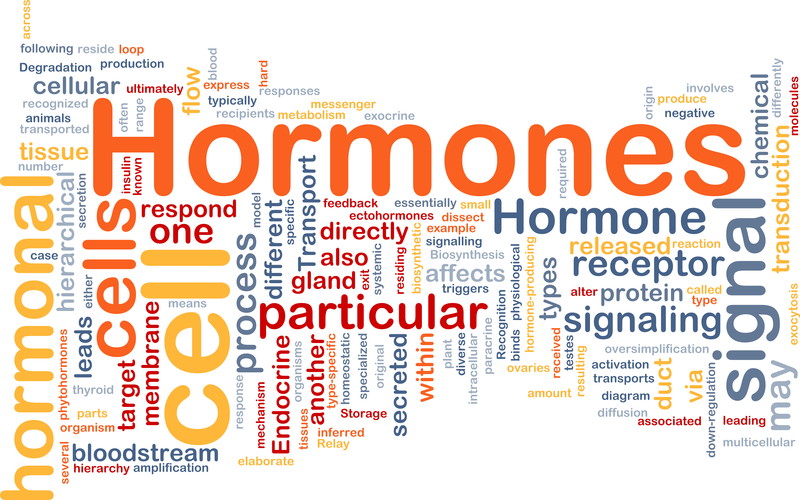Scientific experts, from both sides of the endocrine debate, have agreed a “consensus statement” on identifying endocrine disrupting chemicals (EDCs), which will be passed to the European Commission to support its work compiling regulatory criteria. Chaired by Dame Anne Glover from Aberdeen University, 23 scientists, including Andreas Kortenkamp from Brunel University and Alan Boobis from Imperial College London, achieved a “breakthrough in the scientific discussion”, says the German Federal Institute for Risk Assessment (BfR), which hosted the meeting in Berlin on 11-12 April.
Chemical Watch understands that the official statement – which is not due for some weeks – is likely to say potency is not needed to identify EDCs. The statement will be signed by all 23 scientists.
The experts also questioned whether issues of non-monotonic dose-response relationships and dose thresholds need to be resolved, before recommending criteria for identifying EDCs, according to Professor Boobis's presentation.
The scientists from Europe, the US and Japan were joined by four observers from the Commission, the European Food Safety Authority (Efsa) and Echa.
Seven scientists from the Berlin meeting, including Professor Kortenkamp and Susan Jobling from Brunel University, also signed the so-called 2013 Berlaymont Declaration, calling for a tougher regulatory regime to manage EDC use. Signatories were concerned that existing regulations ignored the possibility that many endocrine disruptors may act without thresholds.
Some of the Berlin scientists are known for penning hard-hitting, and sometimes personal, editorials from opposing sides of the debate.
For example, Daniel Dietrich from Konstanz University, Germany, was behind a July 2013 editorial by a group of toxicology journal editors, describing European Commission recommendations as “scientifically unfounded”; the scientists also sent an open letter to Dame Glover, the then EU chief scientific adviser.
Åke Bergman, now at the Swedish Toxicology Sciences Research Centre and also present at the Berlin meeting, led an opposing commentary piece, describing the editorial as “factually incorrect”.
Later in 2013, Dame Glover brought together scientists from both sides, in a bid to identify areas of scientific consensus.
The Berlin meeting's consensus statement, which includes suggested criteria for identifying the hazard potential of possible endocrine disruptors, will be distributed to “decision makers in the European Commission”, the BfR's Andreas Hensel told the meeting.
The Commission is under intense pressure to finalise such criteria. In December 2015, the General Court of the European Union ruled that it had failed to fulfil its obligations under the biocidal products Regulation (BPR), by not adopting criteria for EDCs. (The BPR states that the Commission should have adopted these by December 2013.)
In 2014, the Commission published a roadmap for defining criteria, which specified four policy options for identifying EDCs, as well as three approaches to regulatory decision making. An agreement that potency information is not necessary would rule out policy option four.
At the Berlin meeting, Dr Hensel highlighted the idea of “one substance – one toxicological assessment”, to cover all relevant regulations. He used the phthalate DEHP to illustrate the current problem; DEHP has a migration limit in food contact materials but is not yet identified as a human health endocrine disruptor under REACH.
“Without scientific criteria for the identification and characterisation of endocrine disruptors, in all fields of risk assessment of chemical and natural substances, the goal one substance – one toxicological assessment is not achievable,” he told the meeting.
Source: Chemical Watch, 21 April 2016
https://chemicalwatch.com/46782/breakthrough-hailed-in-edcs-logjam

- Login om te reageren
